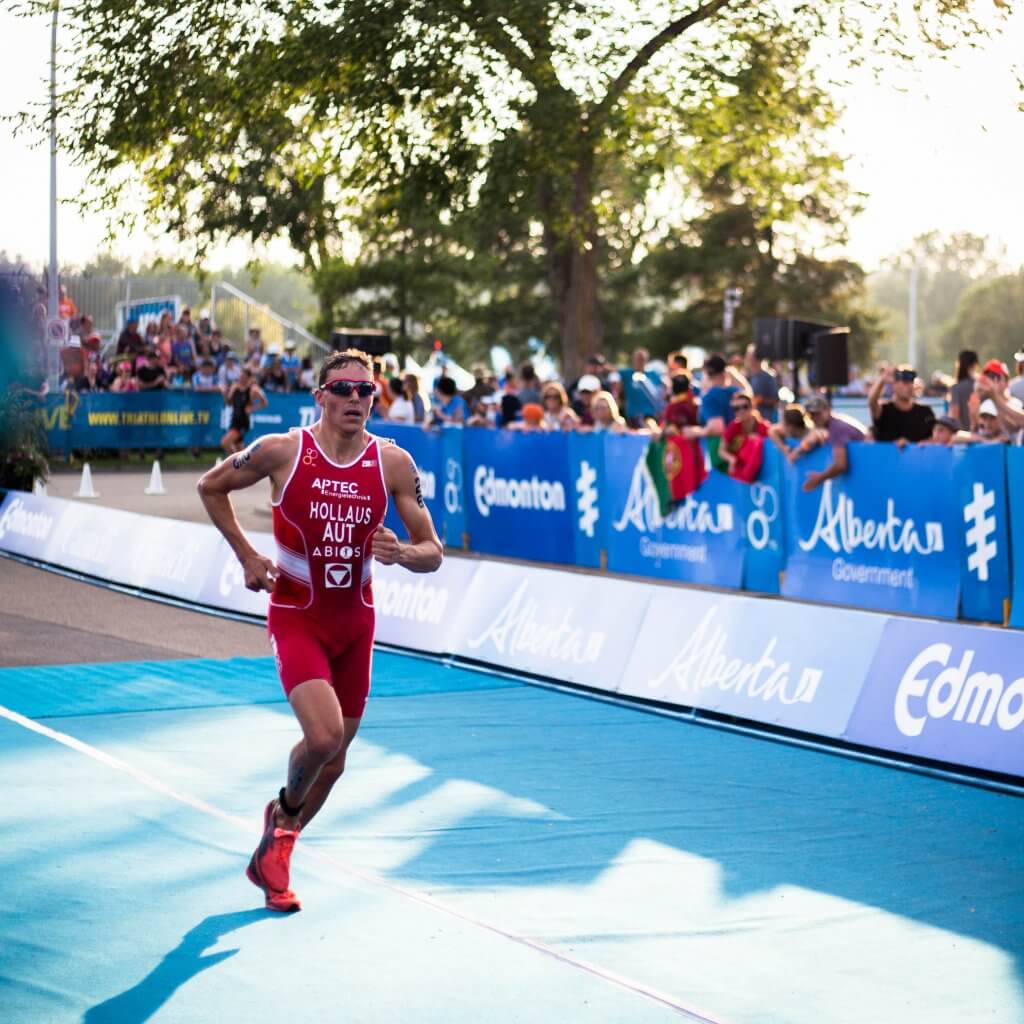How To Set Realistic Race Pace Goals

Have you ever heard of the expression “run slow to run faster”? As runners, we set lots of goals. It is often what drives us to show up for a run and pushes us to finish strong. We continue to raise the bar higher and higher because we start to learn that we are much more capable than we could’ve ever imagined. And when it comes to the world of racing, this means setting time and pace goals lower and lower in numbers. That’s why it’s so soul crushing to fall short of a big race day goal. The problem is that many runners want a sub 2 hour half or a sub 30 5k but aren’t there yet in training. We need to be realistic with our race pace goals while still striving to perform the best we can on race day. Here’s how.
Race Pace vs Training Pace
Race pace is exactly what it sounds like. It is the average pace per mile the runner holds during the event. And its very possible that race pace ends up being faster the runner’s normal pace. This is because of multiple reasons. First off, the runner has rested thanks to tapering (cutting back the mileage) in the days leading to the race like a half or full marathon. Then there is the endorphin rush of being there at the event, with the crowds cheering and others racing too.
A study conducted at the University of Cagliari in Italy suggests that runners can do perform bin competition because of their “willingness to tolerate” higher levels of fatigue. In short, runners will gas it because they want to do well and get that time they have set the goal for.

While training, that extra boost in motivation might be lacking some days. But the runner should strive to run race pace during their runs throughout their training. This gets the body ready to run at this pace, as well as serves as the morale boost needed to know that this pace can be achieved.
According to British coach Frank Horwill, runner’s pace increased four seconds per 400 meters, or the equivalent of 16 extra seconds added per mile when increasing the distance from 5k to 10k to a half marathon.
Training should include tempo runs and intervals for speed, hills to build strong legs, and a weekly long run for endurance. It is recommended that the runner slow to up to 45 seconds per mile to allow the body to adapt to the physical demand gradual mile increases. The more the training for a half or full marathon progress, the more the runner sees that running say 10 miles at race pace is possible since the heart muscles become stronger, new capillary beds are built and muscles endurance is built.
How To Set Goal Race Pace
No matter the race distance or the number of times that distance was run, the ultimate goal is just to finish. Then set a time to complete the event. Then the runner can determine their average pace to be able to stay on track to completing that goal.
A race pace calculator is a great tool to use to figure out the pace needed to reach the race goal. These calculators work by entering in the target time and the distance in miles. For example, the runner needs a 9:10 average pace for a 2 hour half marathon, or a speedy 8: 01 for a 3:30:00 marathon.
It’s easy to set a goal race pace for those who have completed that specific race before. For example, if the runner completed a half marathon in 2:15:00, they could set a 2:10:00 goal. Aim to be a minute or two faster than the time before. Keep these goals realistic because running a 4-hour marathon doesn’t mean the runner is ready to race a sub-3-hour marathon depending on their training.

Those who have never completed the race distance should set a goal that is near their training performance. For example, if the runner clocks 10 minutes per mile, setting a 30 minute or sub 30 minute 5k is a great race goal. This means their pace is aligned with how they’ve performed and there is a good possibility the runner can push themselves a bit more.
Setting Realistic Running Goals
No matter how hard we work, sometimes we fall short of our goals on race day. This can be a devastating blow when we realize we won’t reach our goal when we are still racing. We sometimes set high expectations for ourselves when it comes to our running. Setting realistic goals an being honest with ourselves helps to eliminate this disappointment. If we’ve never run a 9-min mile, a sub 2 hour half marathon might be out of reach.
But even when we are on point with our current pace and have a realistic mindset, many things can happen on race day to derail us. That’s why it is important on setting a series of goals.
Setting multiple goals cushioned the blow in a way when the runner falls short of their main goal. Finish a race is a huge feat in itself. So setting multiple goals allows the runner to still view the race as a success no matter what their time outcome is.
A good strategy is to set three goals per big race. If the runner ran their last marathon at 2:15, a major goal is to go for the sub 2 hours. Make that “Goal A.”

“Goal B” would then be the next best thing to this goal. Let’s say, a finish time of 2:10. That is still a whole five minutes faster, which is huge. It isn’t a sub 2 hours, but still a PR.
The set a final goal that would still feel like an accomplishment but would be the smallest goal for the race. This could be as small as just a minute faster than last time.
It’s a devastating blow when we look at our race results only to find we didn’t finish in the time we expected to.
Setting multi-tier goals allow for the runner to focus on success and not on “failure” when it comes to race day pressure.
Always aim to run faster than the time before, or just give it all you have for each race. Some races the stars line up and magic is made, and others are a struggle from the starting line. Both are part of racing and make the runner better competitors.
Setting realistic running goals means pushing oneself for greatness while knowing when more work is still needed. There is always next time when that goal isn’t made, but remember just completing the race is a huge victory in itself.
Sources
- , SOLVING THE RACE PACE PROBLEM, Running Website
- , Why Do You Race Faster Than You Train?, Running Website
- , Cerebral oxygenation and hemodynamic modifications during contemporary mental task and muscles metaboreflex activation in Metabolic Syndrome patients: a preliminary report, Abstract Website
- , Why Should Long Runs Be Slower?, Running Website
- , https://www.active.com/fitness/calculators/pace, Running Website
Latest Articles
 Is Running on a Treadmill Easier Than Running Outside?Runners have their own preferences, whether it is treadmill running, running outside on the road, or exploring trails. So...
Is Running on a Treadmill Easier Than Running Outside?Runners have their own preferences, whether it is treadmill running, running outside on the road, or exploring trails. So... Is It OK to Use Trail Running Shoes on the Road?While trail running shoes can be used on roads, especially in situations where a runner encounters mixed terrains or pref...
Is It OK to Use Trail Running Shoes on the Road?While trail running shoes can be used on roads, especially in situations where a runner encounters mixed terrains or pref... How to Fix Sore Quads After Running?Rest, ice, gentle stretching, and over-the-counter pain relievers can help soothe sore quads after running. Also, ensure ...
How to Fix Sore Quads After Running?Rest, ice, gentle stretching, and over-the-counter pain relievers can help soothe sore quads after running. Also, ensure ... 10 Fruits With The Most Electrolytes to Replace Sports DrinksThese fruits are high in electrolytes such as potassium, magnesium, and calcium, essential for hydration, muscle function...
10 Fruits With The Most Electrolytes to Replace Sports DrinksThese fruits are high in electrolytes such as potassium, magnesium, and calcium, essential for hydration, muscle function...

